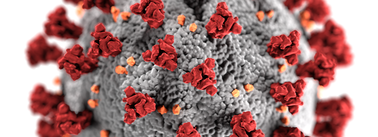|
We are looking for graduate students or postdocs who are interested in interdisciplinary research. Come and join us! Welcome to the Strauch lab We are using both computational and experimental methodologies to understand, inhibit and re-purpose biological processes on the protein level. Our main focus is on how to diagnose, prevent and treat viral infections with the aim to generate new anti-virals and candidates for vaccination through protein design. For that we develop and use new cutting-edge technologies involving structural design as well as pooled oligo-synthesis and next-generation sequencing. While we are studying viral surface proteins principally to understand how we can target them or provide new immunogens, we also seek to shed light on how protein chemistry is involved in making viruses so successful. Viruses and their surface proteins hold the molecular keys for identifying specific host cells, entering them and re-programming them -- much of what we will need to fight cancer. What does this mean concretely
|
Announcements
|
|
© Copyright 2020 Strauch Lab. All rights reserved.
|
